Here some of the courses we are offering to you
Click on the course to expand.
Wave characteristics and propagation modes: Longitudinal, Shear, Rayleigh and plate waves. Propagation speed, acoustic impedance. Reflection, refraction and diffraction, Snell Law. Frequency wave content, wavelength and wave number. Beam Spread, Beam size and attenuation. Near field, focal zone, focal length and working range. Resolution, precision and accuracy. Basic Math review.
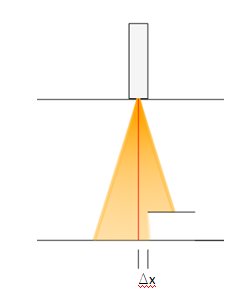
General Ultrasonic Physics module. Ultrasonic Instrument characteristics.
Instrument controls and most used presentations ( A-Scan, B-Scan and C-Scan).
Instrument calibration and common required blocks, ASME and AWS
calibration blocks. Digital thickness instrumentation.
Transducers characteristics, piezoelectric effect,
transducer construction, materials and shapes, transducer types,
sensibility, resolution and damping. Other types of transducer (Laser, EMAT).
Couplants properties. Basic testing techniques : contact and immersion.
Contact testing principles, Inmersion testing principles, focused transducers.
Pulse echo, and through transmission fndamentals. Lamination discrimination
techniques. Normal contact beam technique and Angle beam technique.
Reports.
This is a 40 hours training 50% practical.
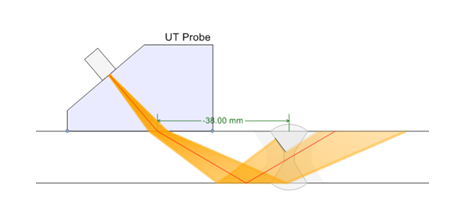
General Ultrasonic Physics module. UT Level I overview (see UT Level I content).
Instrument electronic principles: pulse generator, pulse transmiter, receivers,
amplifiers, time base circuit and filters. Discontinuities common found in Ingots,
Bars, Studs, Bolts, tubular products, forgings, castings, composite and welds.
Angle beam technique for weld examination, discontinuity spatial orientation
and detection. Geometrical reflectors discrimination. Sizing techniques.
Alternative blocks for sensitivity adjustment DAC or TCG corrections.
Echodynamics and signal patterns. Evaluation of indications and workmanship
acceptance criteria. Main codes used in ultrasonic examination, API 1104,
ASME V, AWS D1.1.
This is a 40 hours training 50% practical.
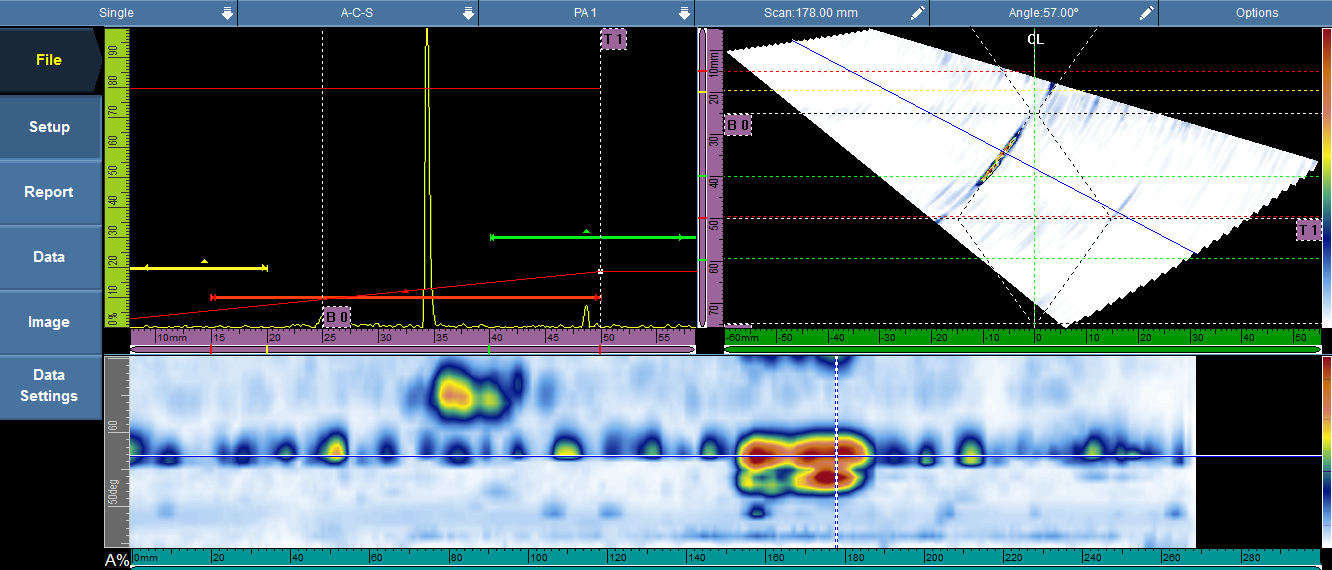
General Ultrasonic Physics module. UT Level II overview (see UT Level II content).
Constructive interference for construction of wavefronts. Phased Array probe
performance and types of probes. Probe and wedge selection. Beam forming,
beam steering and focusing. Active, passive and effective. Resolution,
lateral, angular and axial. Beam apodization and grating lobes. Focal
law calculator (time delays). Steering limits. Lineal and sectorial
scanning. Views, Sectorial, Lineal, B-Scan and C-Scan. Volumetric Merge.
Image analysis, use of axes. Image interpretation. Instrument hardware,
pulsers, receivers, filters and video smoothing. Instrument calibration,
sensitivity TCG correction. Encoders, scanning speed. Phased Array blocks,
performance verification, element check. Procedure development and reports.
This is a 80 hours training 50% practical.
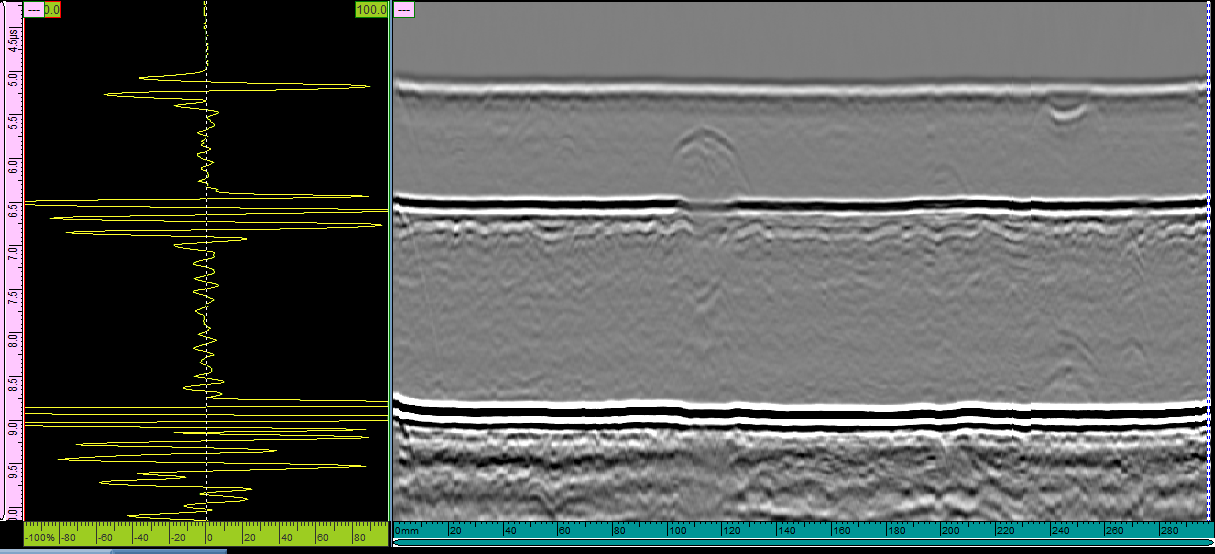
General Ultrasonic Physics module overview. Principles of TOFD and brief history. The diffraction of waves. Data visualization basics. Advantage and limitations of the technique. Instrument hardware, pulser and receiver, amplifiers, filters, probes and wedges for TOFD, the wave pulse properties and concepts. Digitalization, the Nyquist criteria. Scanning types and maximum scanning speed, and acquisition rate. More than one TOFD zones, optimum angle selection for maximum coverage, diffraction arcs. Sizing techniques using cursors. Flaws orientation and signal amplitude received. Maximum resolution at near and back surface. TOFD setting up and calibration check. TOFD data Analysis and processing: Lateral wave straigthening, lateral wave removal, lateral wave equalization, backwall echo removal, SAFT. This is a 40 hours training 50% practical.
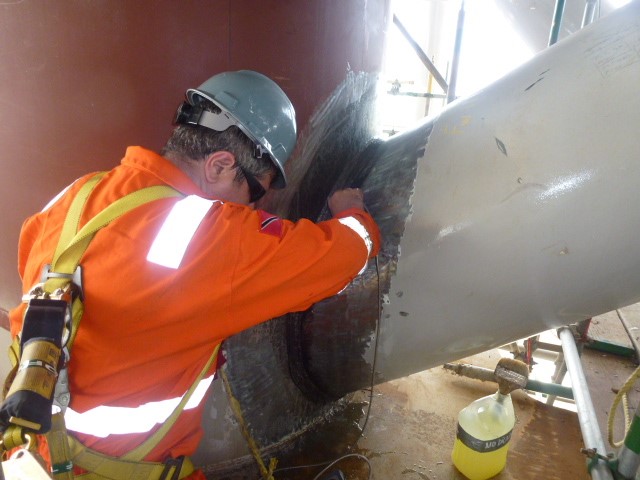
Basic Ultrasonic Instrument Controls, Instrument time base and sensitivity calibration,
recommended calibration blocks and technique, Transducer and wedges characteristics,
Instrument performance verification (horizontal linearity, gain control linearity
and amplitude linearity),Beam width determination, Transfer correction,
Discontinuity location by triangulation and sketching, discontinuity sizing,
Acceptance criteria, Report Preparation.
This is a 40 hours training 70% practical.
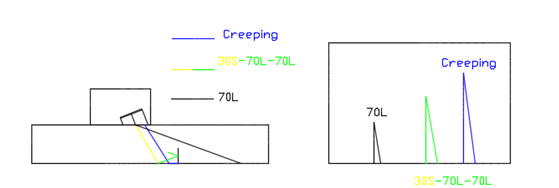
Advanced sizing take advantage of diffracted signals and echodynamics behavior to successfully achieve proper accuracy sizing of crack like flaws. Those techniques are linked to inservice inspection when sizing of cracks is critical. The 30-70-70 mode conversion, the tip diffraction, the dual element bi modal technique, and echodynamic width techniques are addressed in 70% practical training-workshop of 40 hours.
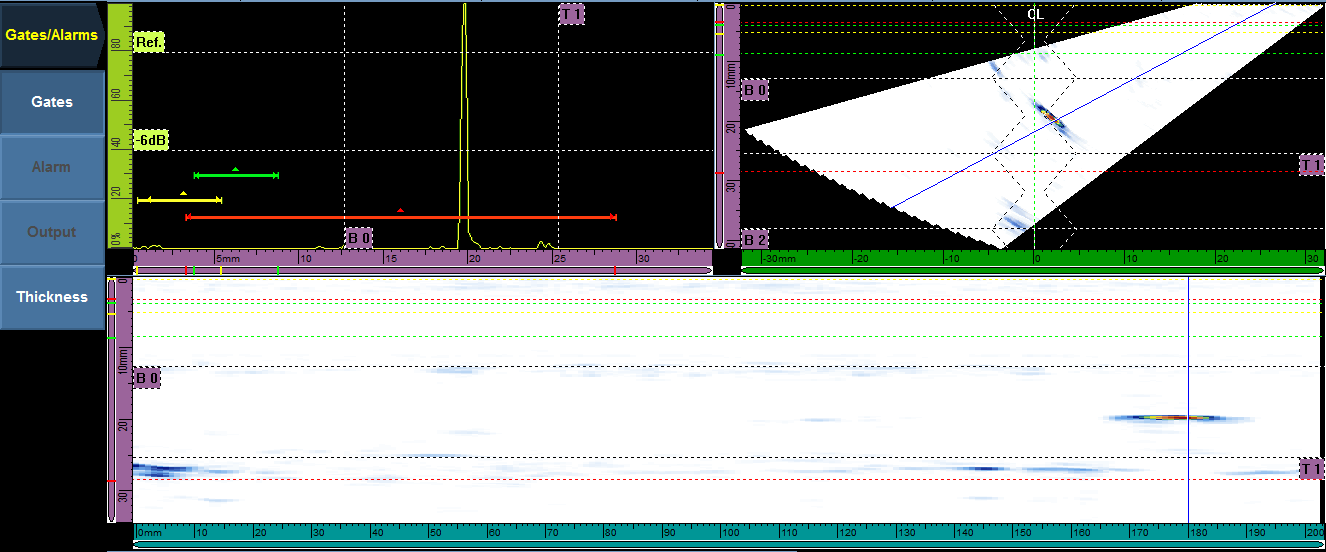
The training was developed for Data Analysis personnel, managers or technical involved staff for a comprehensive understanding of information that UT images are bringing. Specially the cases of TOFD and Phased Arrays are addressed through a series of compressive data cases when different views and processing methods are explained. Use of cursors, axis values, and location of indications are carefully investigated during the training. This is a 40 hours hands on training, 70% practical.

As one of the major applications of phased array, foundation of corrosion mapping are supplied in this training practical course. Instrument calibration, scans, image analysis and report of relevant indications. The training was conceived as a general view of the technique considered to understand the principles developing the skills for instrument configuration and scans execution. This is a 16 hours hands on training.